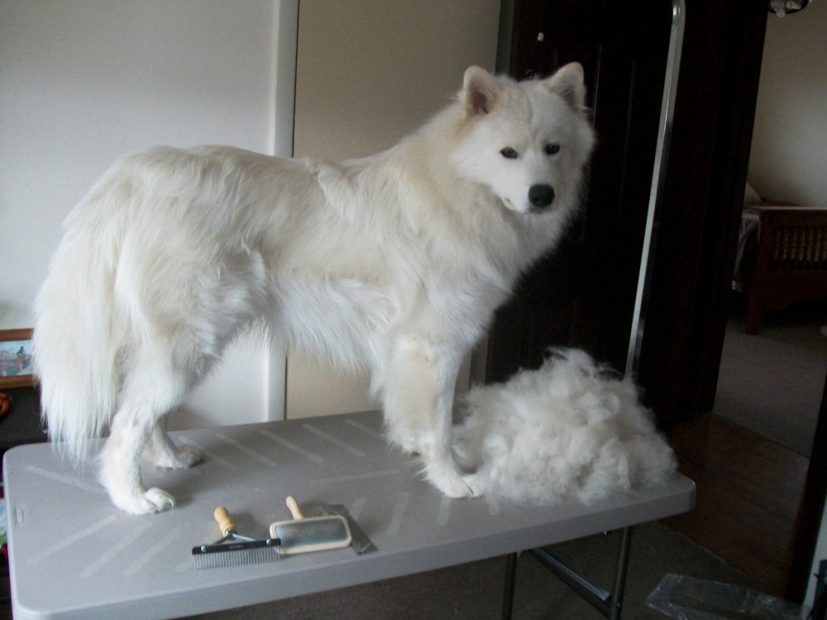Brushing your dog is essential to maintaining a healthy coat.
Apart from removing dirt left in the coat,
Brushing also spreads natural and beneficial oils over the skin of
your dog. Unfortunately, not many dogs like to be brushed.
Some love it, some tolerate it, but the bulk
lubricates 'm.
But good news! Teaching a dog to enjoy brushing is relative
easy. Learn how to use step-by-step positive training methods.
handling.
Before you begin: check your dog for medical conditions and pain
before you start brushing. It is important to check that
your dog has no health problems. Skin conditions such as
bacterial infections can make brushing uncomfortable. If you don't
sure what to look for, ask your veterinarian at the
next check. Also check that you are not using a brush that is too hard
or painful for your dog. Brushes with metal bristles should
for example, always have protective ends to prevent pain.
Make sure you also research what type of brush is best for the
coat of your dog. If you encounter tangles use a
combination of anti-tangle spray and a softer brush to remove small tangles
remove carefully. For severe tangles, you may need to contact
take up with a professional trimmer.
Step 1: Get your dog comfortable with the brush
The first step is to pair the brush with a positive stimulus. In
many cases, this stimulus is likely to be a tasty treat,
although some dogs are more motivated by toys and
playing.
Start by giving the dog a positive association as soon as the brush is
appears. Place the brush on the ground near the dog and then let the dog take it
explore. If they need encouragement, put, for example
down a few dog cookies near the brush.
It is good to repeat the process as you brush
hold. Let your dog sniff the brush on his own time and
Then give him a treat and praise him when he looks at it. Try
do not brush or move toward the dog at this stage - you let
Him just seeing that the brush is a positive thing.
Take your time with these steps. It is important that your dog feels
completely comfortable being at the brush before going to the
next phase goes.
Step 2: Practice light touching
Once your pet likes to be near the brush, you can proceed with
brush gently. It is important that you do this slowly because
rushing the process the positive association to which you have
worked, can nullify.
Start by gently touching the dog with the brush while you
praise him and give him something nice. Do not hold the dog and force him
not to stay still - let him walk away if he wants to. The first
touch should be calm, brief and on a non-sensitive part of the body
are. The chest is a good choice because it allows the dog to see the brush.
Gradually increase the time the brush touches the body. Then continue
with gentle brushing with one or two movements on different
parts of the body while continuing to give treats.
Step 3: Build up to regular brushing
If your dog likes to be gently brushed, you can start with
normal brushing. Progress should be slow and you should pay attention to
signs of stress or anxiety. If your dog leaves or seems uncomfortable,
you have progressed too quickly.
Keep sessions short, fun and positive. It is much better to have a daily
few minutes to brush than long sessions once a week.
It is best not to tackle large tangles until your dog is feeling
feels comfortable being brushed, as these can be painful
are to remove. Never get frustrated or angry during the
brushing, as this teaches your dog that there is something to worry about
make.
By getting your dog comfortable with the brush and slowly making him
learn that brushing is associated with rewards, almost all
Dogs learn to enjoy this grooming process!
Comments
0 comments





